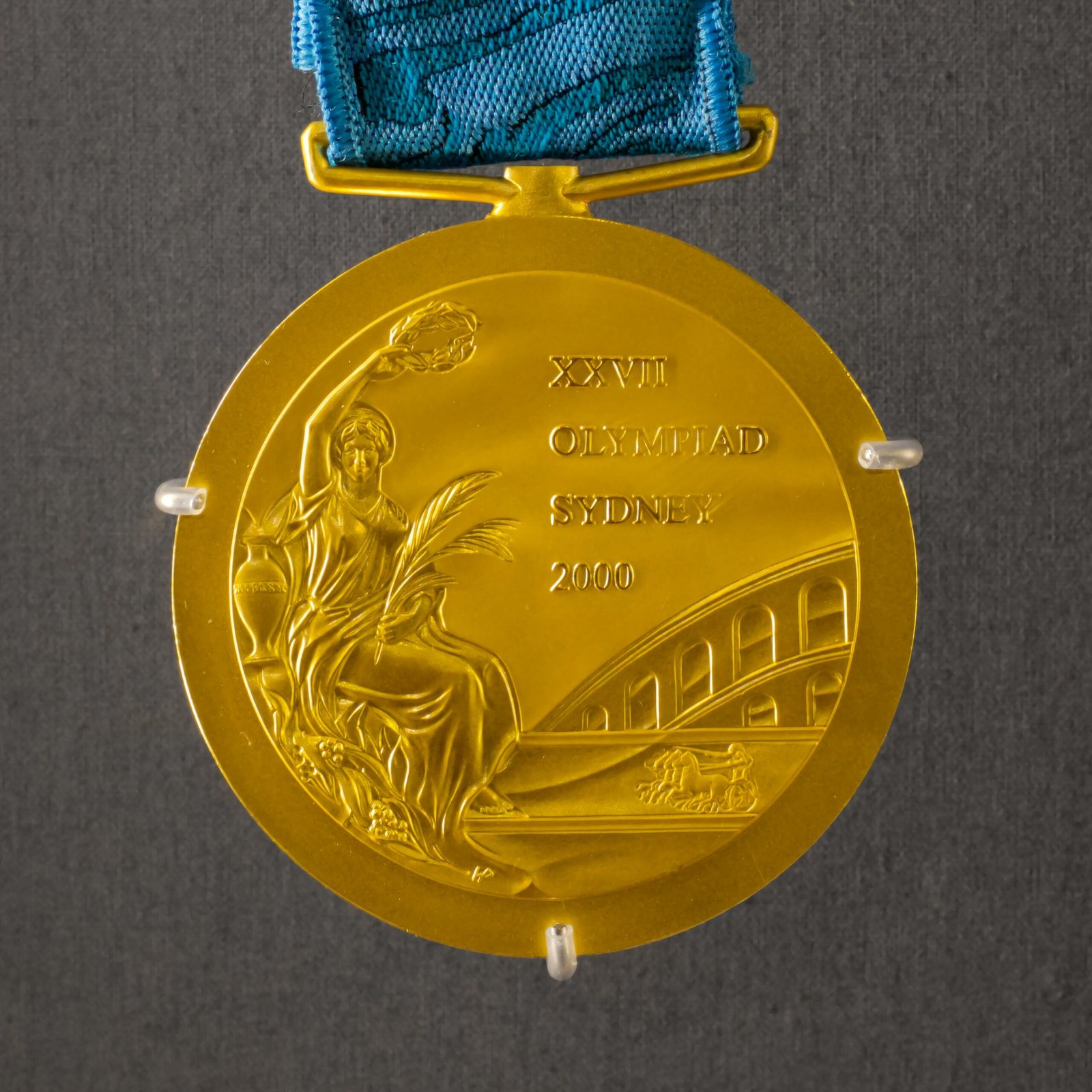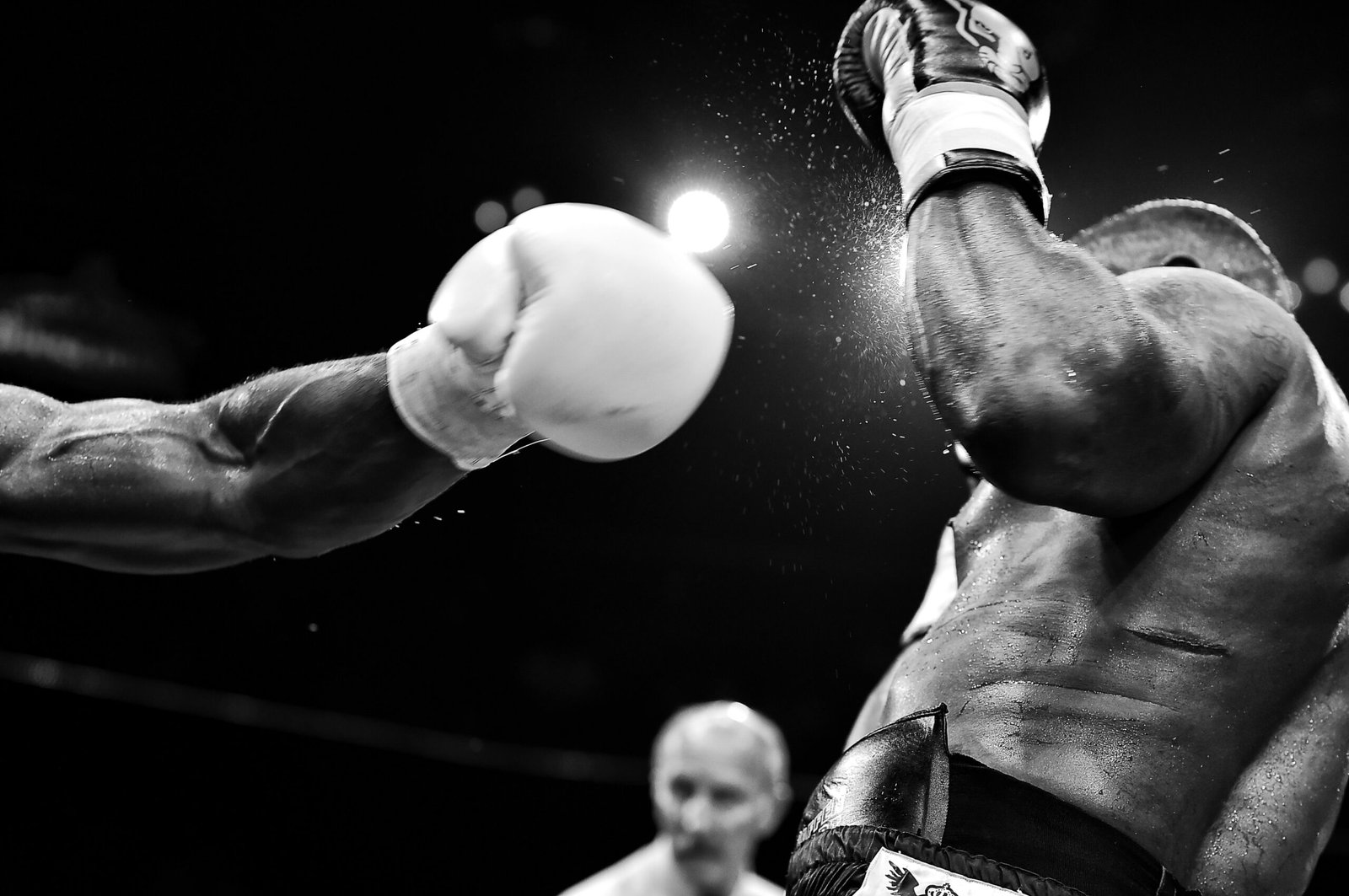
Olympic handball, also known as team handball, is a fast-paced and exciting sport that has been a part of the Olympic Games since 1936. It is a team sport played between two teams of seven players each, with the objective of throwing a ball into the opponent’s goal while preventing them from doing the same.
The history of Olympic handball can be traced back to the early 20th century when several variations of the sport were being played in different countries. The modern version of handball that we see today was developed in Europe, particularly in Germany and Scandinavia, where it gained popularity in the early 1900s.
The sport made its Olympic debut at the 1936 Berlin Games as an outdoor event. However, it wasn’t until the 1972 Munich Games that handball became an indoor sport, played on a smaller court with a faster pace. Since then, it has become a staple of the Olympic Games, captivating audiences with its high-scoring matches and skillful displays of athleticism.
In Olympic handball, the rules are straightforward but require a combination of physical prowess, tactical strategy, and technical skill. Each team aims to score goals by throwing the ball into the opponent’s net, which is defended by a goalkeeper. The team with the most goals at the end of the game wins.
To move the ball, players can pass it to their teammates, dribble it, or take a maximum of three steps without dribbling. However, they cannot hold the ball for more than three seconds or take more than three steps without dribbling. This rule encourages quick and dynamic play, making Olympic handball an intense and fast-paced sport.
Defensively, players can use their bodies to block and intercept passes, but physical contact beyond that is not allowed. Fouls result in free throws or penalties, depending on the severity of the offense. The game is officiated by a team of referees who ensure fair play and enforce the rules.
Olympic handball requires a high level of teamwork and coordination among the players. Strategies such as fast breaks, set plays, and defensive formations are crucial in outsmarting the opposing team. The sport demands a combination of speed, agility, strength, and accuracy, making it a thrilling spectacle for both players and spectators alike.
Throughout the years, Olympic handball has seen remarkable performances from exceptional athletes who have left their mark on the sport. From the legendary Danish goalkeeper, Kasper Hvidt, to the French playmaker, Nikola Karabatic, these athletes have showcased their skills and contributed to the growth and popularity of handball worldwide.
In conclusion, Olympic handball is a thrilling and dynamic sport that has captivated audiences since its inclusion in the Olympic Games in 1936. With its rich history and exciting gameplay, handball continues to inspire athletes and fans alike. Whether it’s the fast-paced action or the strategic plays, Olympic handball is a sport that never fails to entertain.
History of Olympic Handball
The origins of handball can be traced back to ancient Greece, where a similar game called “Urania” was played. However, the modern version of handball as we know it today was developed in the late 19th century in northern Europe.
The first official handball match was played in 1892 in Denmark, and the sport quickly gained popularity across Europe. It was included in the Olympic program for the first time in 1936, but only as a demonstration sport. It wasn’t until the 1972 Munich Olympics that handball became an official Olympic sport for both men and women.
Since its inclusion in the Olympic Games, handball has grown to become one of the most popular team sports in the world. The fast-paced nature of the game, combined with its physicality and skill requirements, has captivated audiences and athletes alike.
Over the years, the sport has seen significant developments and changes. In the early days, handball was played on grass fields, but as the sport evolved, it transitioned to indoor courts with specific dimensions and markings. The rules have also been refined to ensure fair play and maximize the excitement for spectators.
Today, handball is played in over 180 countries, with national teams competing in regional and international tournaments. The Olympic Games remain one of the most prestigious events for handball, showcasing the best players and teams from around the world.
Handball has also had a significant impact on the communities it is played in. The sport promotes teamwork, discipline, and sportsmanship, instilling important values in its participants. It has become a tool for social integration and development, with many grassroots programs using handball to engage young people and promote a healthy and active lifestyle.
As handball continues to grow in popularity, the future of the sport looks bright. With advancements in technology and increased media coverage, handball has the potential to reach even wider audiences and inspire the next generation of athletes.
Rules of Olympic Handball
Olympic handball is played on a rectangular court with a goal at each end. The objective is to score goals by throwing the ball into the opponent’s goal while following a set of rules and regulations. Here are some key rules of Olympic handball:
- Team Composition: Each team consists of seven players, including one goalkeeper. The players are assigned specific positions, such as left wing, right wing, center back, and pivot, which determine their roles and responsibilities on the court. The goalkeeper, who is the only player allowed to use their hands within the goal area, plays a crucial role in defending the goal.
- Playing Time: The game is divided into two halves of 30 minutes each, with a 10-minute halftime break. The clock stops during timeouts, injuries, and when the referee signals for stoppage of play. In case of a tie at the end of regular playing time, two additional periods of 5 minutes each, called extra time, are played. If the game is still tied after extra time, a penalty shootout is conducted to determine the winner.
- Starting the Game: The game starts with a throw-off, where one player from each team stands in the center of the court and the referee throws the ball in the air. The team that wins the throw-off gains the first possession of the ball and starts the attack.
- Movement of the Ball: Players can pass, dribble, or shoot the ball to score goals. However, they must not take more than three steps without dribbling the ball. This rule encourages fast-paced and dynamic gameplay, as players often engage in quick passes and coordinated movements to outmaneuver the opposing team’s defense.
- Scoring: A goal is scored when the ball crosses the goal line between the goalposts and under the crossbar. The team with the most goals at the end of the game is declared the winner. If both teams have an equal number of goals, the game ends in a draw, except in knockout stages where extra time or a penalty shootout is used to determine the winner.
- Defensive Play: Defending players can use their bodies to block shots and try to regain possession of the ball. However, they must do so within the boundaries of fair play, without resorting to excessive physical contact or dangerous actions. The defensive strategy often involves a combination of man-to-man marking, zone defense, and coordinated movements to disrupt the opponent’s attack.
- Fouls and Penalties: Fouls such as pushing, holding, or tripping an opponent result in penalties, including free throws or 7-meter throws. Free throws are awarded to the opposing team and are taken from the spot where the foul occurred. 7-meter throws, also known as penalty throws, are awarded when a clear scoring opportunity is illegally prevented by the defending team. The player taking the penalty throw stands 7 meters away from the goal and attempts to score against the goalkeeper.
- Timeouts: Each team is allowed three timeouts per game to regroup and strategize. Timeouts can be taken by either team during a dead ball situation, and they provide an opportunity for coaches to communicate with their players, make tactical adjustments, or break the momentum of the opposing team.
Strategy and Skills in Olympic Handball
Olympic handball requires a combination of physical fitness, technical skills, and tactical awareness. Here are some key elements of strategy and skills in Olympic handball:
Offensive Strategy
Offensively, teams aim to create space and opportunities to score goals. This involves quick passing, movement, and coordination between players. Some common offensive strategies in Olympic handball include:
- Fast Break: A fast break is a quick counter-attack where the attacking team tries to catch the defense off guard and score a goal before they can set up their defensive positions.
- Set Play: Set plays are pre-planned offensive moves that involve specific movements and passes to create scoring opportunities.
- Wing Play: Wing players often play a crucial role in offensive strategies, as they can quickly move into scoring positions and provide options for passes and shots.
In addition to these strategies, teams may also employ tactics such as feints, fakes, and screens to confuse the defense and create openings for scoring.
Defensive Strategy
Defensively, teams aim to prevent the opposing team from scoring goals. This involves positioning, communication, and coordination between players. Some common defensive strategies in Olympic handball include:
- Man-to-Man Defense: In man-to-man defense, each defensive player is assigned to mark a specific attacking player and prevent them from receiving the ball or scoring.
- Zone Defense: In zone defense, players defend specific areas of the court rather than individual players. This can be effective in blocking passing lanes and denying scoring opportunities.
- Pressing: Pressing involves putting pressure on the attacking team to force turnovers and regain possession of the ball.
Teams may also employ defensive tactics such as double-teaming, switching assignments, and trapping to disrupt the flow of the opposition’s offense.
Key Skills
To excel in Olympic handball, players need to develop a range of skills. Some key skills required in Olympic handball include:
- Passing: Accurate and quick passing is essential for effective ball movement and creating scoring opportunities.
- Shooting: Players need to have good shooting technique and accuracy to score goals.
- Dribbling: Dribbling allows players to maintain control of the ball while moving and evading defenders.
- Defensive Skills: Defensive skills such as blocking shots, intercepting passes, and tackling opponents are crucial for preventing goals.
- Physical Fitness: Olympic handball is a physically demanding sport that requires strength, speed, agility, and endurance.
In addition to these skills, players also need to have good spatial awareness, decision-making abilities, and the ability to adapt to different game situations.
Overall, Olympic handball is a dynamic and fast-paced sport that requires a combination of strategy, skills, and teamwork. The successful execution of offensive and defensive strategies, along with the mastery of key skills, is paramount to achieving success in this exciting Olympic sport.
Olympic Handball Tournaments and Champions
Since its inclusion in the Olympic program, Olympic handball has witnessed some thrilling tournaments and crowned several champions. Here are some notable Olympic handball champions:
- Men’s Tournament: The most successful men’s team in Olympic handball is France, winning gold medals in 2008, 2012, and 2021. France’s dominance in the sport can be attributed to their exceptional teamwork, strategic plays, and a roster filled with talented players. Their ability to seamlessly transition between defense and offense, coupled with their agility and precision, has made them a force to be reckoned with on the Olympic stage. Other notable champions in the men’s tournament include Denmark, who claimed the gold medal in 2016, Croatia, who won gold in 1996, and the Soviet Union, who were victorious in 1976 and 1988.
- Women’s Tournament: In the women’s tournament, Norway stands out as the most successful team in Olympic handball, winning gold medals in 2008, 2012, and 2016. The Norwegian women’s team has consistently showcased their dominance in the sport with their exceptional skills, tactical prowess, and unwavering determination. Led by world-class players, they have displayed remarkable teamwork, fluid ball movement, and a strong defensive unit. Other notable champions in the women’s tournament include Denmark, who clinched the gold medal in 1996 and 2000, Russia, who secured gold in 2016, and South Korea, who emerged victorious in 1988.
Olympic handball continues to captivate audiences with its fast-paced action, skillful plays, and intense competition. Whether you are a player or a spectator, Olympic handball offers an exhilarating experience that showcases the best of teamwork, athleticism, and sportsmanship. The sport’s inclusion in the Olympic program has not only elevated its status but also provided a platform for athletes to showcase their talent on a global stage. With each tournament, new champions emerge, pushing the boundaries of the sport and inspiring future generations of handball players. As the sport continues to evolve, fans eagerly anticipate the next Olympic handball tournament, where they can witness the thrill and excitement that only Olympic handball can deliver.




